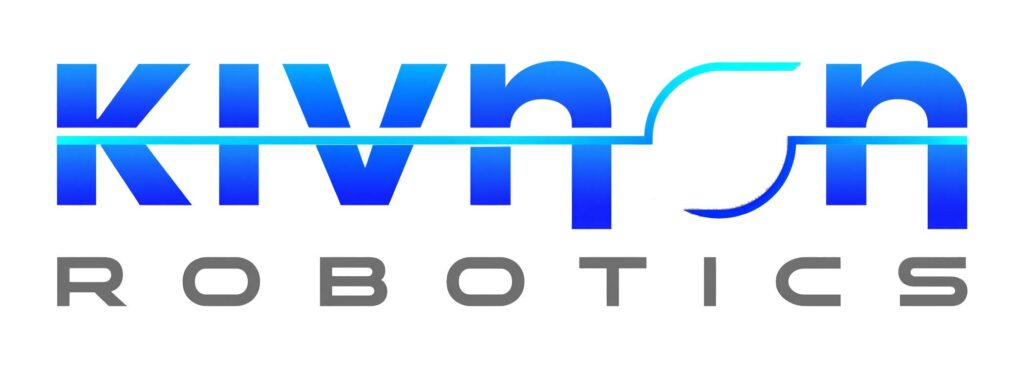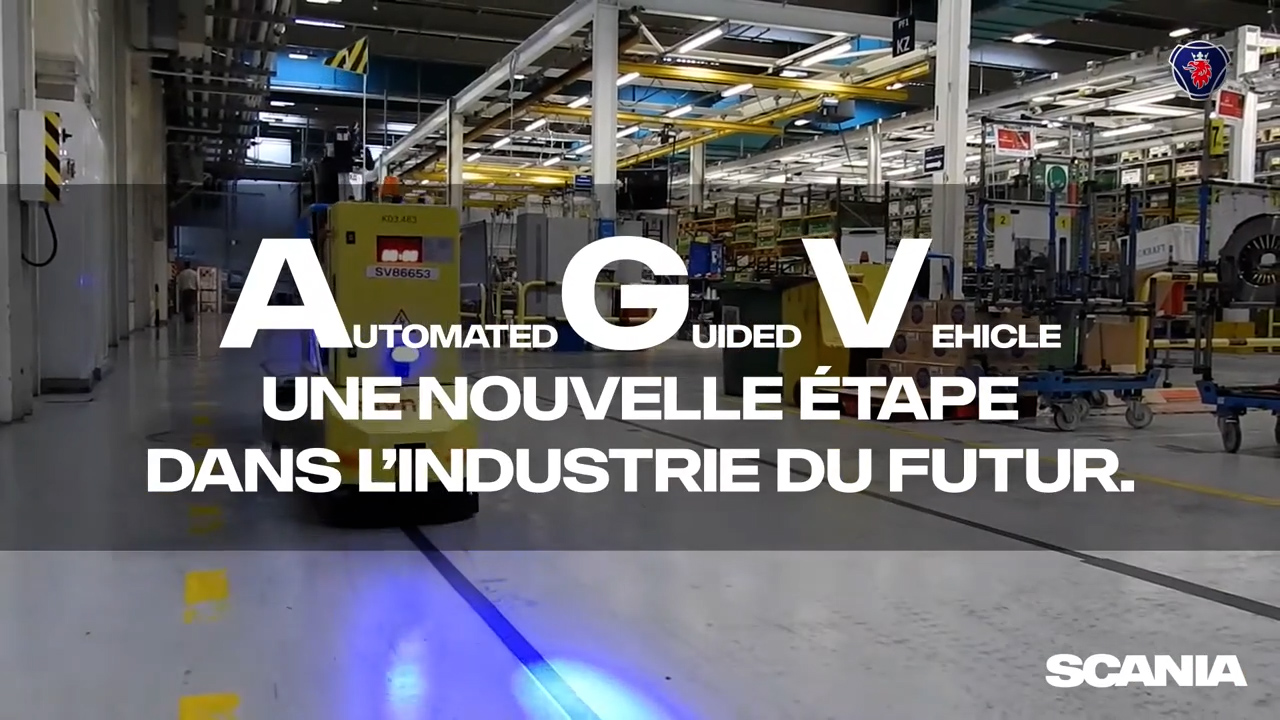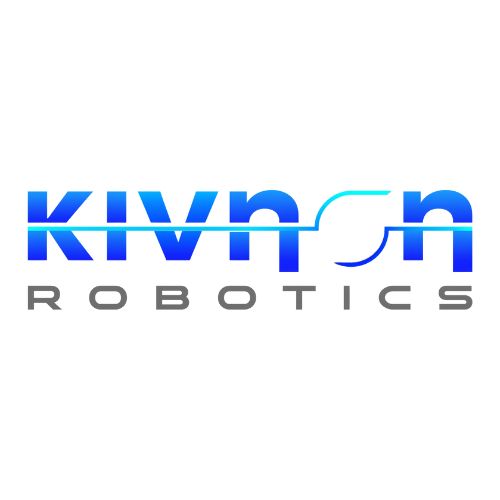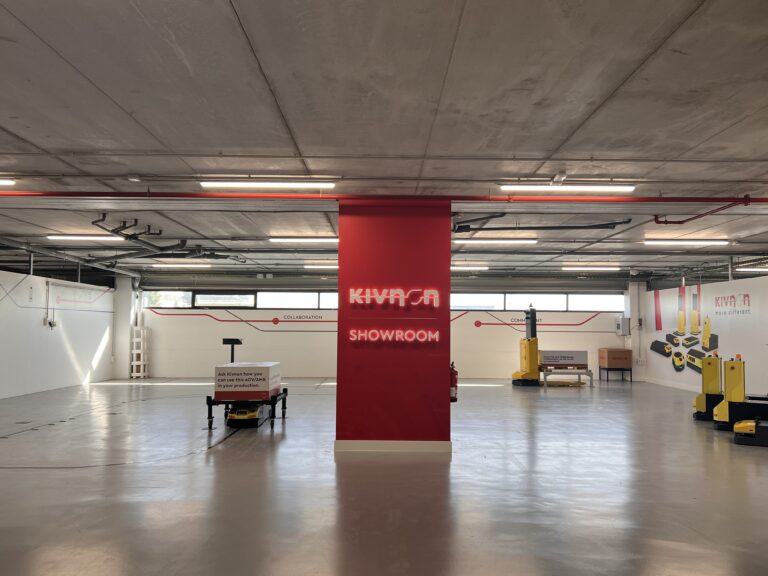At Scania Angers, the introduction of mobile robots marked a significant achievement in the journey towards the safety industry of the future.
In actual industrial landscape, the integration of innovative technologies is essential for enhancing safety, efficiency and reliability. This article explores the objectives, pain points and outstanding solutions driving the implementation of AGVs in the facility.
OBJECTIVES
The primary objective behind the adoption of AGVs is to improve safety standards within the production environment. By automating tasks such as transportations and material handling, the risk of accidents is significantly reduced.
Scania also asked for a reliability improvement, following that, AGVs play a essential role in enhancing the reliability of production processes. Through optimized workflow and precise delivery schedules, mobile robots contribute to streamlined operations and minimized downtime.
The deployment of production systems presents an opportunity for skill enhancement among employees. By actively participating in the installation and training phases, the workforce gains valuable expertise owning AGV technology, paving the way for future advancements.
PAIN POINTS
Ergonomic challenges: Traditional manual handling of materials often leads to ergonomic strain and fatigue among workers. Repetitive tasks such as hooking and unhooking components can result in musculoskeletal injuries and productivity bottlenecks.
Operational Inefficiencies: Inefficient material flow and logistics processes can hinder production thourghput and overall performance.
Safety Risks: Manual interaction with heavy machinery poses inherent safety risks to workers. Accidents related to material handling equipment can cause injuries, production downtime and financial losses.
KIVNON SOLUTIONS
Automated Material Handling: The integration of AGVs in Scania Angers facility automated the transportation of materials within the production facility, eliminating the need for manual intervention. AGVs navigate predefined paths using magnetic band technology, ensuring precise and reliable delivery of components.
Ergonomic Improvement: By depositing repetitive tasks to AGV, ergonomic strain on workers is significally reduced. The automated handling of materials minimizes the risk of work-related injuries and enhances overall workplace ergonomics.
Workflow Optimization: Real-time tracking and scheduling capabilities ensure timely deliveru of components, aligning with production takt times. AGVs enable the optimization of material flow and logistics processes, resulting in improved operational efficiency and resource utilization.
CONCLUSIONS
The successful deployment of AGVs at Scania Angers Production represented a paradigm shift towards a safer, more efficient, and agile manufacturing enviroment.
By adressing key pain points through innovative solutions, AGVs contribute to enhanced productivity, reliability and workforce empowerment.
As the facility continues to identify opportunities for further optimization and expansion of mobile robots applications, the journey towards the industry of the future wins momentum.



















